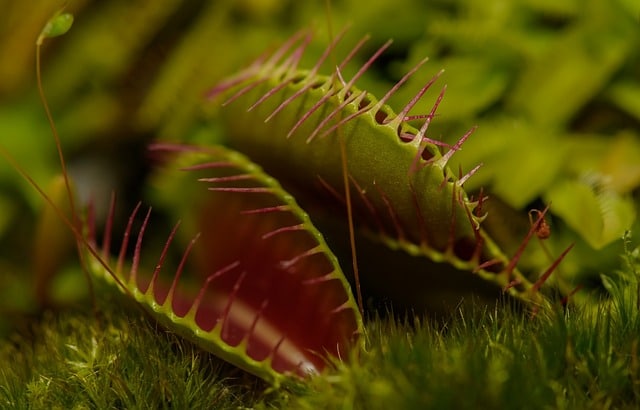
The anteater is a clear example of an insectivorous animal.
The adjective insectivore , which comes from the Latin word insectum , is used to describe the animal whose diet is based above all on the ingestion of insects . The term also refers to the plant capable of trapping and digesting insects .
Before moving forward, it is important to remember that an insect is an arthropod : an invertebrate whose body, covered by a cuticle, has several segments and has appendages. The body of an insect is divided into an abdomen, thorax and head and has three pairs of legs, a pair of antennae and, usually, at least one pair of wings.
Species that eat insects
The species that feed on these animals are called insectivores. There are other species that, although they eat insects, these do not represent the most important food in their diet, which is why they are not classified as insectivores.
Anteaters , bats , swallows , and spiders are insectivores. There are even insectivorous insects, such as dragonflies and wasps .
insectivorous plants
As we expressed above, there are also insectivorous plants (another name by which they are known is carnivorous plants ). Generally, these specimens develop in soils with a low level of nitrogen , so they must complement their diet with proteins from animals (which include this element). In this framework, insectivorous plants eat insects, although the highest amount of energy is obtained from other different sources.
The oldest treatise on insectivorous plants dates back to 1875 and was written by the English naturalist Chales Darwin , a scientist whose study of human evolution is relevant even today. According to the experts' observations, insectivorous plants are divided into eleven lineages that are represented in more than twelve genera and five families, with a total of species around six hundred and thirty. Their feeding behavior consists of attracting insects to then trap them and absorb their nutrients through the action of digestive bacteria or specialized enzymes.
As an example we can mention that the plants known as sundew are insectivorous. Thanks to the tentacles that allow them to capture and digest insects, they feed in this way.
Insectivorous plants: way of capture
A classification of insectivorous plants refers to the strategy they use to attract and trap their prey , something that can be as fascinating as it is terrifying. Let's start with the mechanism called tweezers , the one used by Dionaea muscipula ( Venus flytrap ) and Aldrovanda vesiculosa . They produce a sweet nectar that attracts certain insects and small animals, which land on the leaf and, if they touch two of its detector cilia in less than five seconds, it closes with a movement similar to that of a tweezer.

Insectivorous plants attract insects and trap them and then absorb their nutrients.
On the other hand, there are those that use sticky hairs , such as Pinguicula, Drosophyllum, Byblis and Drosera . The latter, for example, has leaves close to the ground that produce a viscous liquid with a honey-like aroma . Given its characteristics, it causes insects to adhere to the hairs of the leaf as soon as they land on it. Next, its tentacles close in a curved movement. It can take up to fourteen days until they reopen.
We can also mention the so-called wineskin plants , which use pitfall traps . Their shape is similar to that of a jar, inside which they house a substance that they use to drown their prey. Firstly, they attract them with certain aromas that arise from the edge of said structure , which is slippery and causes them to fall inside until they reach the bottom, where they carry out the digestive process.
